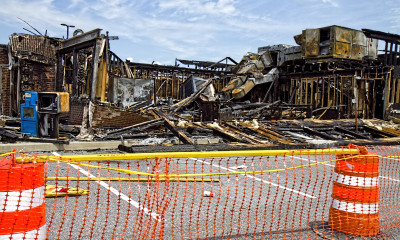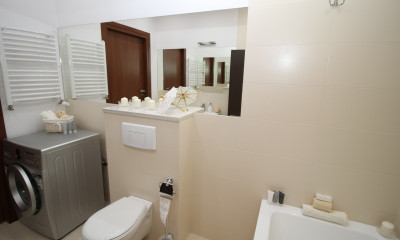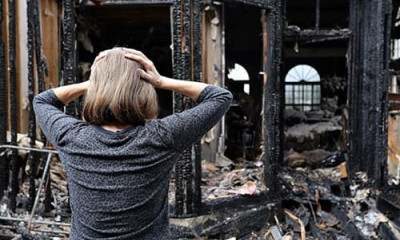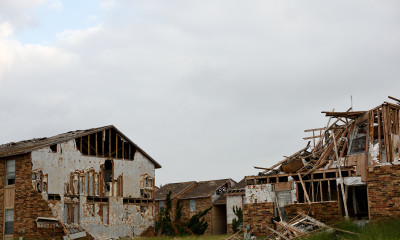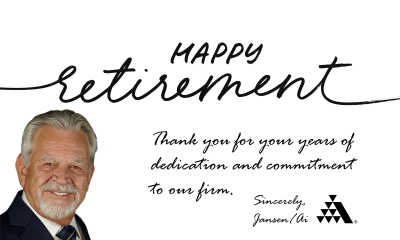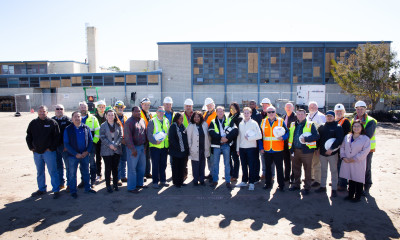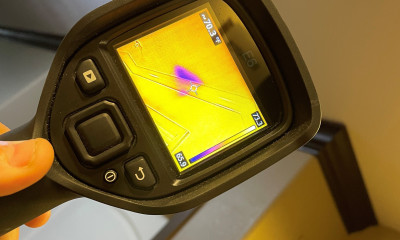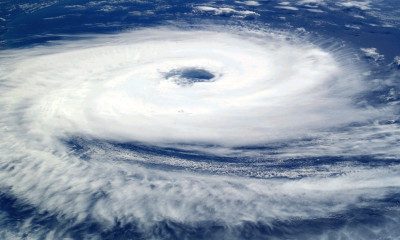What is the Cosmetic Exclusion in Wind and Hail Coverage and How Does it Affect Your Insurance Claims?
What happens when a business owner files an insurance claim because the exterior surface of their office building, storefront, warehouse, or condo complex has hail damage? Sometimes the claim is processed and paid, though these claims are being denied or reduced more frequently. Why? Denials based on Cosmetic Exclusions and Limitations -- or exceptions to coverage made when the appearance of a roof, wall, window, HVAC unit, door, or other building component is altered but is still deemed to be functional -- are on the rise. According to the Insurance Information Institute, policymakers in Texas, which experienced 783 hail events in 2015, are getting hit the hardest.
Cosmetic Exclusions are causing expensive headaches for many commercial policyholders in Texas who are finding out too late that repairing the dents and dings caused by recent hail storms will not be a covered expense under their purchased insurance policies. Whether it’s for a metal deck or a stucco wall, we are seeing it cited more and more in the denial or reduction of recent hail damage claims
- Luis Esteves, Principal & Executive Adjuster
Why are so many business owners unaware that these changes have been made to their policies?
Esteves explains that even though two major insurance industry advocacy groups have promoted these new endorsements since 2013 -- the American Association of Insurance Services (AAIS) and the International Organization for Standardization -- many agents and brokers might not be aware that they’ve been added to their clients’ new or renewed policies.
“While a policyholder may think that they are completely protected against hail storms, all too often, they are not. It’s almost the equivalent of having your car bent or dented in an accident, but because the car still drives fine and the engine works, your insurance company won’t pay to repair the dents. Now, as absurd as that sounds for a car insurance claim, that’s what has started happening with cosmetic exclusions for buildings,” said Esteves.
How can these exclusions create challenges when filing wind and hail damage claims?
Jansen/Adjusters International’s David Moore explains that although a dented roof may still keep out water for now and therefore be considered functional, un-repaired hail damage can significantly decrease the resale value of a commercial property by weakening materials, voiding warranties, and reducing the predicted lifespan of the affected walls, decks, doors, and roofs. For example, suppose the owner puts the structure up for sale without first repairing the dents. In that case, a prospective buyer will likely demand that the hail damage be fixed before the closing date or that the selling price be reduced by thousands of dollars, citing possible leaks, rust, and joint deterioration.
The biggest challenge for hail claims used to be proving that the dents have compromised the soundness of the structure but now many polices include a detailed exclusion in their policy stating that as long as the component works now, the damage is considered cosmetic and repairs will not be covered, end of story
- David Moore, Jansen/Adjusters International
What can policyholders do before a hail storm to counteract these new Cosmetic Exclusions?
Esteves suggests that business owners demand that any cosmetic exclusions or limitations be removed from the policy before buying or renewing it. By doing so, their premium price or out-of-pocket deductible may be increased but, considering the high price of repairing hail damage, the extra cost of keeping the coverage may be worth it.
“If you agree to the exclusion, then you will likely have to pay for any hail damage restoration work yourself,” said Esteves.
What can policyholders do after a hail storm to counteract Cosmetic Exclusions?
According to Moore, only two options are available when a commercial policy includes this new language. The first is to hire an advocate such as a public adjuster to investigate the claim to determine if the exclusion applies. For instance, a thorough inspection may prove that the functionality was indeed compromised, and the repairs should be covered. The second is to make a claim under an older period. If your property was damaged in an earlier hail storm and that damage has not been repaired, then restoration work may be reimbursable under the older version of your insurance policy which did not include the new exclusion or limitation.
“We’re predicting that if nothing is done to eliminate these Cosmetic Exclusions, then all hail coverage is either going to get extremely expensive or will soon not be offered at all. This is just one more reason that you should consult with a professional public adjuster now while the coverage is still available if you have or suspect hail damage,” said Esteves.
For immediate assistance with your hail damage claim, contact Luis Esteves or David Moore at 800.526.7361.

